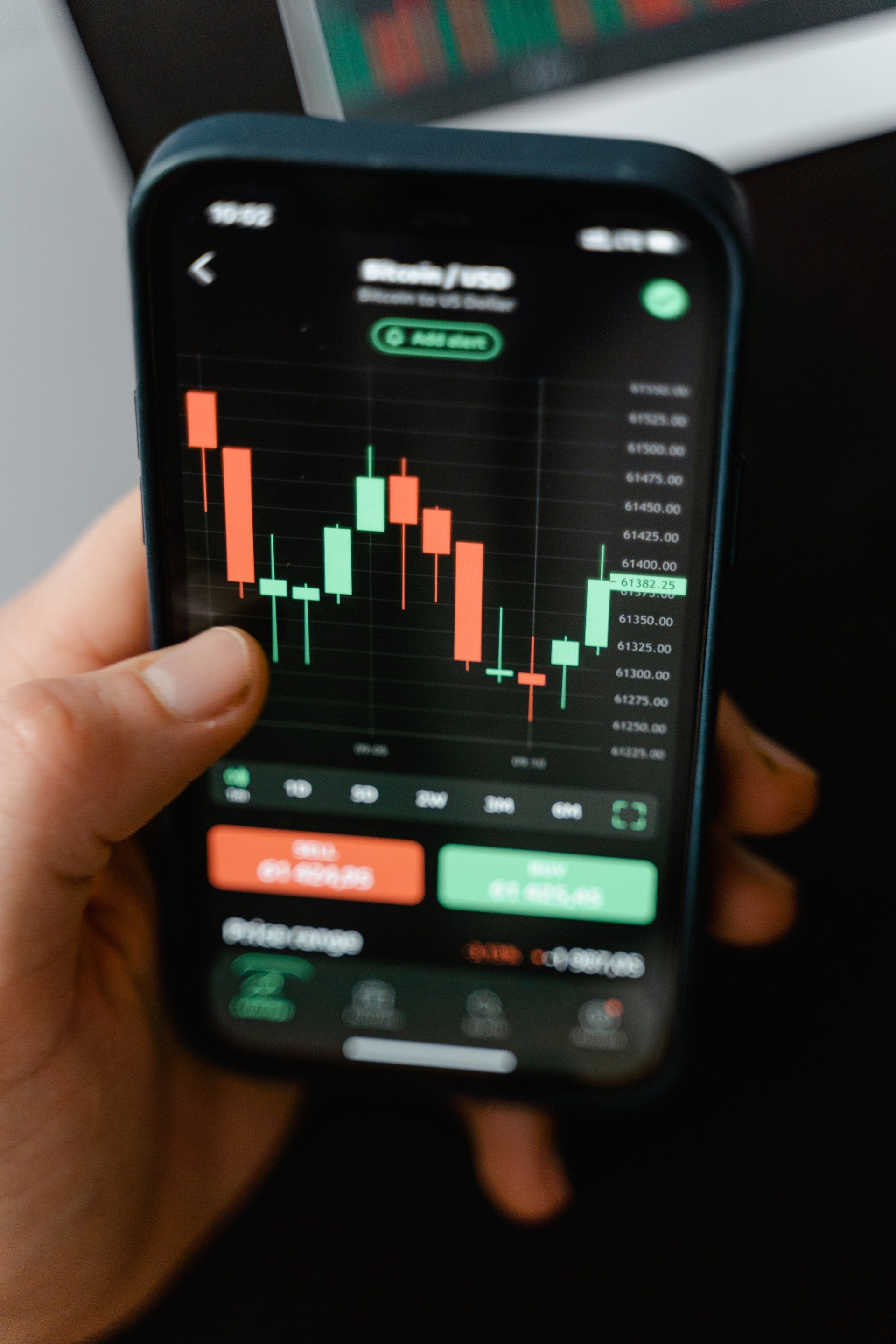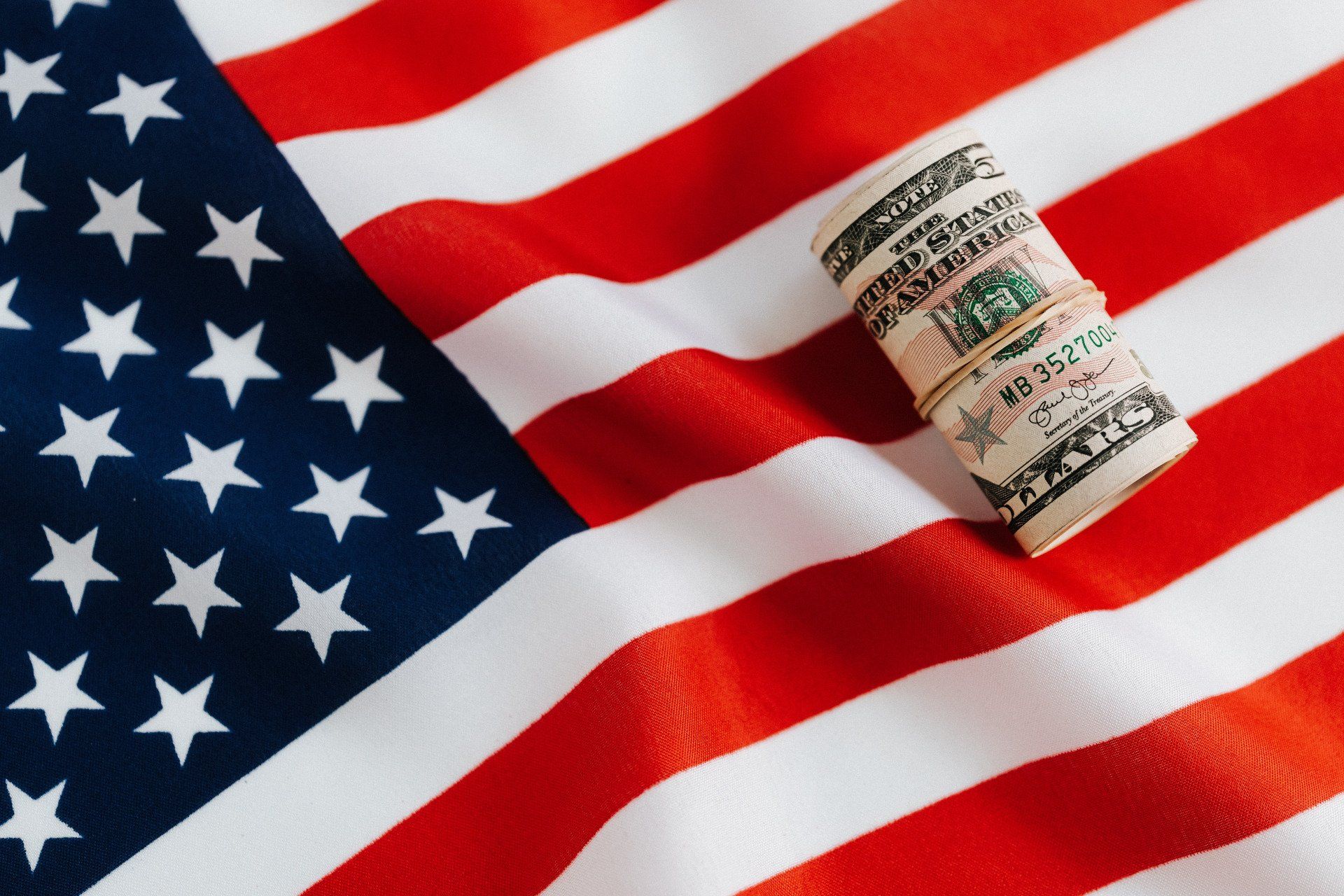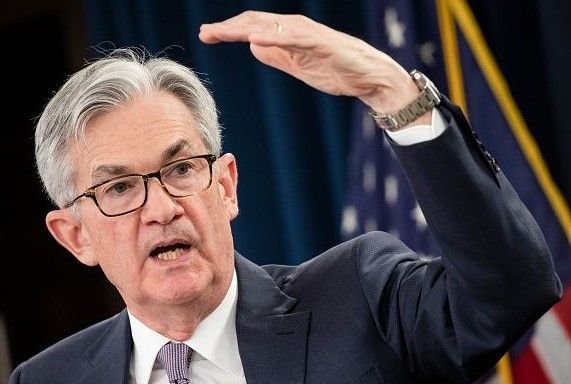What will Q4 Bring?
So far 2023 has been a good year for large cap stocks, both the S&P 500 and Nasdaq 100 are significantly higher than the start of the year. A lot of this has been driven by the tech sector and the promise of returns based on Artificial Intelligence (AI) technology.
However, the overall market decline that we saw in September has pushed the Russell 2000 into negative territory for the year. This is significant as these mid cap businesses are a large contributor to the US economy and because they operate in the same sectors as the large caps they are a bellwether for overall market health. Arguably these smaller businesses (though many are large in their own right) are more sensitive to interest rate changes and less likely to be riding on the current AI hype wave.
Which does further raise the question of how all businesses are coping with higher interest rates and what is going to be the underlying impact on company sales and profit as we head into the all important 4th quarter with its major holiday season. Is the Fed message that interest rates will be "higher for longer" having an impact?
If it's not we may get another rate rise which is likely to increase the chances of the economy moving towards recession territory. If the impact is being felt then the Fed can start to reduce rates which is more likely to facilitate a soft landing. We'll get more data shortly with jobs numbers out on Friday and then we move into Q3 earnings results.
The bottom line here is that there are many different variables in the mix and the Fed will be "data dependent" as they've said all along. So coming up with an exact forecast for the impact on the markets is impossible (though many analysts try to do it on an almost daily basis!). However, it is useful to assess the indicators which give us a feel for economic health:
Consumers: Consumer spending which accounts for more than two-thirds of U.S. economic activity increased by the most in six months in July but fell back in August to levels seen earlier in the year. Households are continuing to draw down on excess savings accumulated during the pandemic which at some point will stop. We also know that consumers are also actively trading down to find cheaper products to make their money go further in this higher interest rate environment.
Jobs: The all important non farm payrolls report has shown that the number of new employees added per month has finally started to reduce. Fewer jobs being created means that there is a lower demand for workers and consequently wage pressure reduces, which is exactly what the Fed wants to see as it reduces inflationary pressure.
China: China is the world's factory, producing a significant proportion of all consumer electronic products and clothing consumed globally. Each year in China there is a mad rush to recruit staff in Q3 in order to produce products for the key retail peak season (Christmas). However, this year the recruitment hasn't taken place as it has not been required. This means that retailers are not planning for a large peak season as they believe that consumers are under pressure.
Inflation: The monthly 12 month inflation rate has been reducing steadily since its high of 9.1% in July 2022. It hit a low of 3% in June before increasing to 3.2% in July and 3.7% in August. It is still therefore stubbornly above the Fed target of 2% and currently moving in the wrong direction.
Financial Markets: The markets are telling us that smaller companies (RTY) are worth less now than they were at the beginning of the year which means that analysts expect a deterioration in sales and profits. That means the companies are likely to be facing increased cost pressure, getting fewer orders and reducing expansion activity. With over 2000 companies in the Russell index this is a telling sign that middle America is starting to feel the pressure and it will have a knock on effect into the jobs market and consumer sentiment.
What does it all mean? Well as you can see it's mixed, which is why the Fed use the caveat that they will be data dependent. But as independent observers we can't help but feel that further signs of the economy slowing down are required before the Fed take their foot off the gas.









